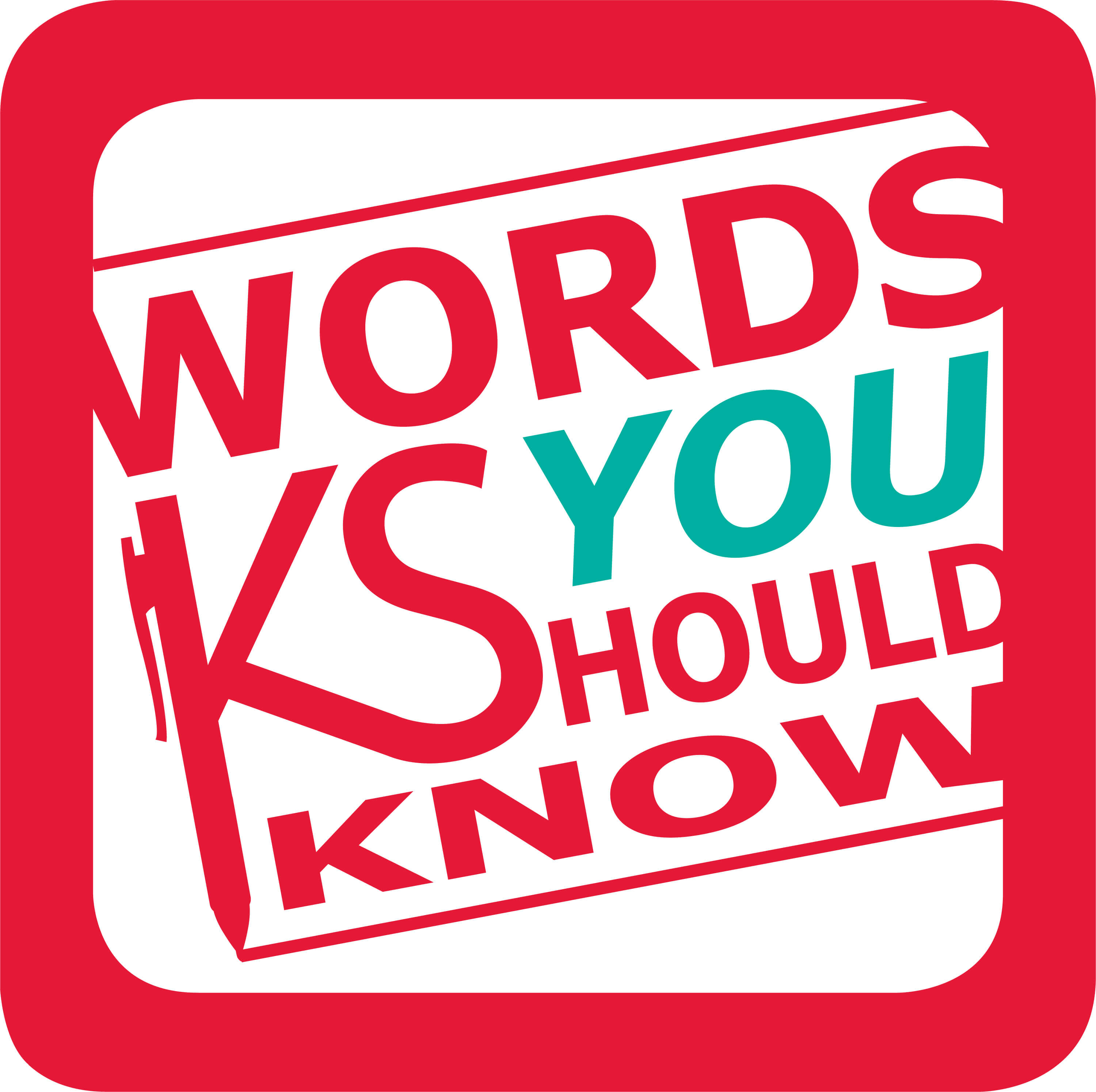
Today, let’s fight fire with grammatical fire. Or, let’s at least get your spelling right when you’re talking about fire. Think fast: if you have a “flaring” temper, how is that spelled? Is it the same as having a “flair” for fashion? And what is the past tense of the verb, “to light”? Lit? Lighted? What about the past tense of “burn”? Burned? Burnt?
So many burning questions. So little time.
This is the Words You Should Know Podcast, season 2, episode 8. Let’s dive in.
Season 2, Episode 8: Fighting Fire with Grammatical Fire
Podcast: Play in new window | Download
Approximate transcript:
I’ve caught this typo a few times lately, so I wanted to pause and spend some time with it.
- “Flare” can be a noun or a verb, most commonly referring to the display of fire, a sudden burst of flames, or the action of the erratic burning. It can also refer to a sudden burst of emotional heat or a spreading outward (e.g., flaring tempers or a flaring skirt).
- “Flair” is a noun, referencing unique style or a natural talent.
You’ve got flair? Awesome. I really hope you don’t have flares. That’s not a good thing.
Be careful when writing with mood lighting, folks.
And speaking of that mood lighting…
The difference between “lighted” and “lit” is a question that comes up fairly frequently, and people are always looking for the simple answer. The problem with this query is that they are both correct.
Yes, it’s true:
The verb “light” has two acceptable past tense forms: “lighted” and “lit.”
If you’re looking for the original word, “lit” is the answer; however, “lighted” came to be with growing popularity and acceptance over two hundred years ago. “Lighted” looked like it might take the lead and become the true language victor—much like “spilled” overtook “spilt” or “went” overtook “gaed”—but then “lit” had a major resurgence starting in roughly 1930 that “lighted” hasn’t been able to compete with.
“Lit” might be winning the popularity contest at present, but if you feel like “lighted” works for you, go for it. There aren’t many occasions where your language use gets to be a choose-your-adventure decision. So live it up, folks. You have fun out there. I fear this might bring us back to that other definition of “lit,” though, so be careful.
In short, when it comes to the “lighted” vs. “lit” debate, remember that if you’re looking for an adjective, “lit” is the only correct answer—whether you’re talking about a gentle glow or otherwise.
Of course, there’s also the recently popularized new definition of “lit,” meaning “exciting or “excellent,” but that one hasn’t quite made it into the standard dictionaries. It might simply be a matter of time though. “#Lit” is a Twitter favorite after all.
It’s fascinating what social media has done to the English language. Sure, you might change out “fascinating” with “disturbing” or “frightening,” but from a high-level view, social media captures language experimentation and language evolution in action.
Some days are full of social media burns so severe people are looking for ointment. Other days, people are posting charred Pinterest fails of recipes gone wrong. But the word that comes up again and again is that “burn.”
Have you ever been “burned” by bad spelling? Ever been “burnt” by it? Is there a difference?
In truth, I could argue that the words are interchangeable—which to a degree they absolutely are—but, okay, fine, let’s talk less about what’s formally correct, and what’s most common in American English.
- “Burned” is the most frequently used past tense of the verb “burn” for U.S. writers. “Burnt” is perfectly acceptable, but like barmy and axe, it’s just not the choice word on this side of the pond.
- “Burnt” does have its time to shine for American writer and speakers, though—just not in a verb form. Think of burnt casseroles or burnt toast. This spelling is commonly used in adjective form. It’s also familiar in color names like “burnt sienna” and “burnt umber,” but those usages are adjectives after all.
This explanation might not help with any other burns online, but at least your spelling won’t be going up in smoke.
Oh, I suppose I should say, “No words were harmed in the making of this podcast.” And hopefully, you won’t be burned by bad spelling anymore either.
Join 1,000+ subscribers and sign up for my English language tips and trivia email newsletter for more like this.
If you like what you’ve been hearing, don’t forget to subscribe to this podcast (via Apple Podcasts, Android, Google Podcasts, Stitcher, or RSS) so you’ll never miss out on another word you should know. Many thanks to those of you who have taken the time to rate my show on iTunes or wherever you listen.
Words. Language. Communications. You’ve got this.
